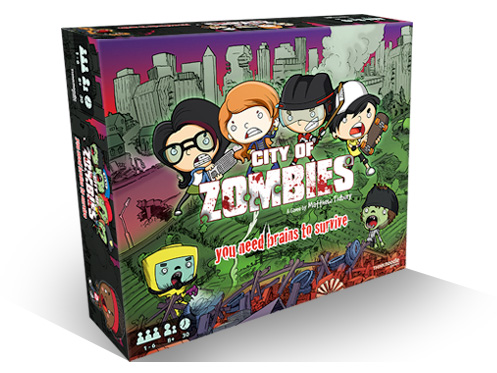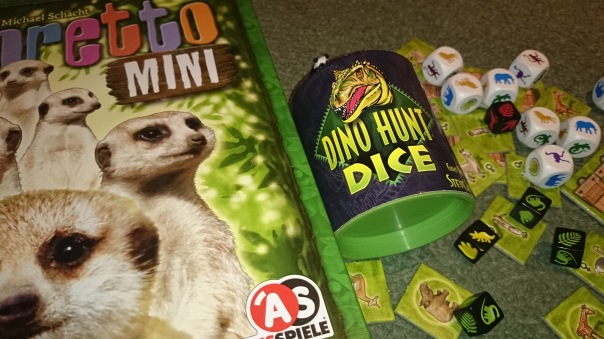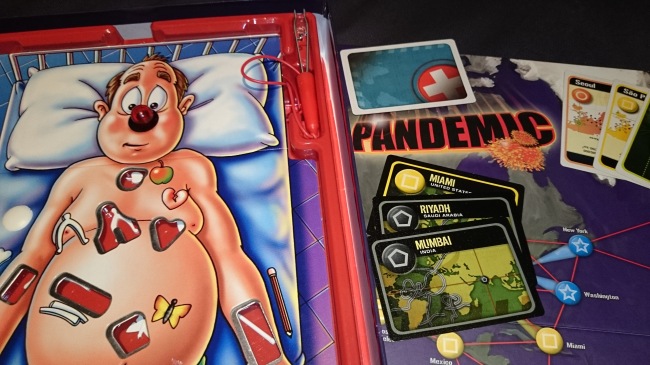This is Afghanistan… Alexander the Great try to conquer this country… then Ghengis Khan, then the British. Now Russia. But Afghan people fight hard, they never be defeated.
Mousa, Rambo III
Afghanistan, scene of many a fruitless invasion, and much bloodshed through the centuries. Afghanistan, now the stage on which we four would play out our own simulation of the latest attempt(s) at conquest. Afghanistan, setting of GMT’s counter-insurgency (or COIN) title, “A Distant Plain”.
I’ll be honest, my initial impressions were that it looked a bit complex and even a little dull. It was certainly a lengthy affair, clocking in at around seven hours in total. We played the medium scenario, beginning with the sample game and continuing on from where that left off. We were all first time players, but had all done at least a little bit of preparatory reading.
We drew randomly for factions. I drew the Warlords, then happily traded them for the Coalition. I had been doing some background reading on counter-insurgency (specifically, Paddy Ashdown’s thought in the Independent on strategy in Afghanistan) and felt I could put his “Clear, Hold, Build” strategy to good use. As we were playing the medium scenario, I started the game with drones and predators, both of which I used to good effect on Taliban targets in repeated air strikes.
As with many GMT games, the cards are all based on actual historical events, so it is possible that playing will add to your understanding of an admittedly complex situation.
The game plays with four factions, with the Coalition and the Afghan Government being more or less on the same side. We worked quite well together, but I’m sure I kept the level of Patronage too low for his liking. And it was ultimately having spent too many Government resources, which meant I was not able to respond to a late Warlord offensive by training more police, which led to the game being lost.
The Taliban and the Warlords are even more “sort of” on the same side, and I did spend some early efforts in trying to build an alliance with these local, heavily armed, poppy farmers against the Taliban. This was not very successful, but in my head, these guys were not the real enemy, and then they ended up beating everyone!
They’re Afghan freedom fighters! They’re on our side! WE’RE AMERICANS!
Austin Millbarge, Spies Like Us
The game has a large amount of ebb and flow to it. One small quibble I have is that it does seem to reward greatly whoever happens to have the first pick in the turn before the propaganda card, which is almost wholly random. This may be sour grapes, but the Warlords won in this way. I am convinced that if I had been in that position with either of the last two propaganda cards, I would have won the game. Maybe this is something that can be mitigated with more experience?
So, did I enjoy the game? Yes, it’s very engaging and demands your attention throughout. The mechanics were, despite my fears, fairly easy to pick up. In fact, it is almost a bit like a good old Euro resource management game when you get down to it. I have been turning over my moves and mistakes in my mind over the following 24hours, which is always a good sign, too.
Mistakes: not taking a harder line with those pesky Warlords; not committing more troops. For some reason, I kept a limited engagement never getting more than half my bases or troops out on the board. Perhaps it would have been better just to commit near wholesale, and then withdraw gradually. Not sure. All told, a good, solid war game I’m sure I’ll want to return to before long.
Mousa: Very good. It says “May God deliver us from the venom of the Cobra, teeth of the Tiger, and the vengeance of the Afghan.” Understand what this means?
Rambo: That you guys don’t take any shit?
Mousa: Yes… something like this.
Rambo III











